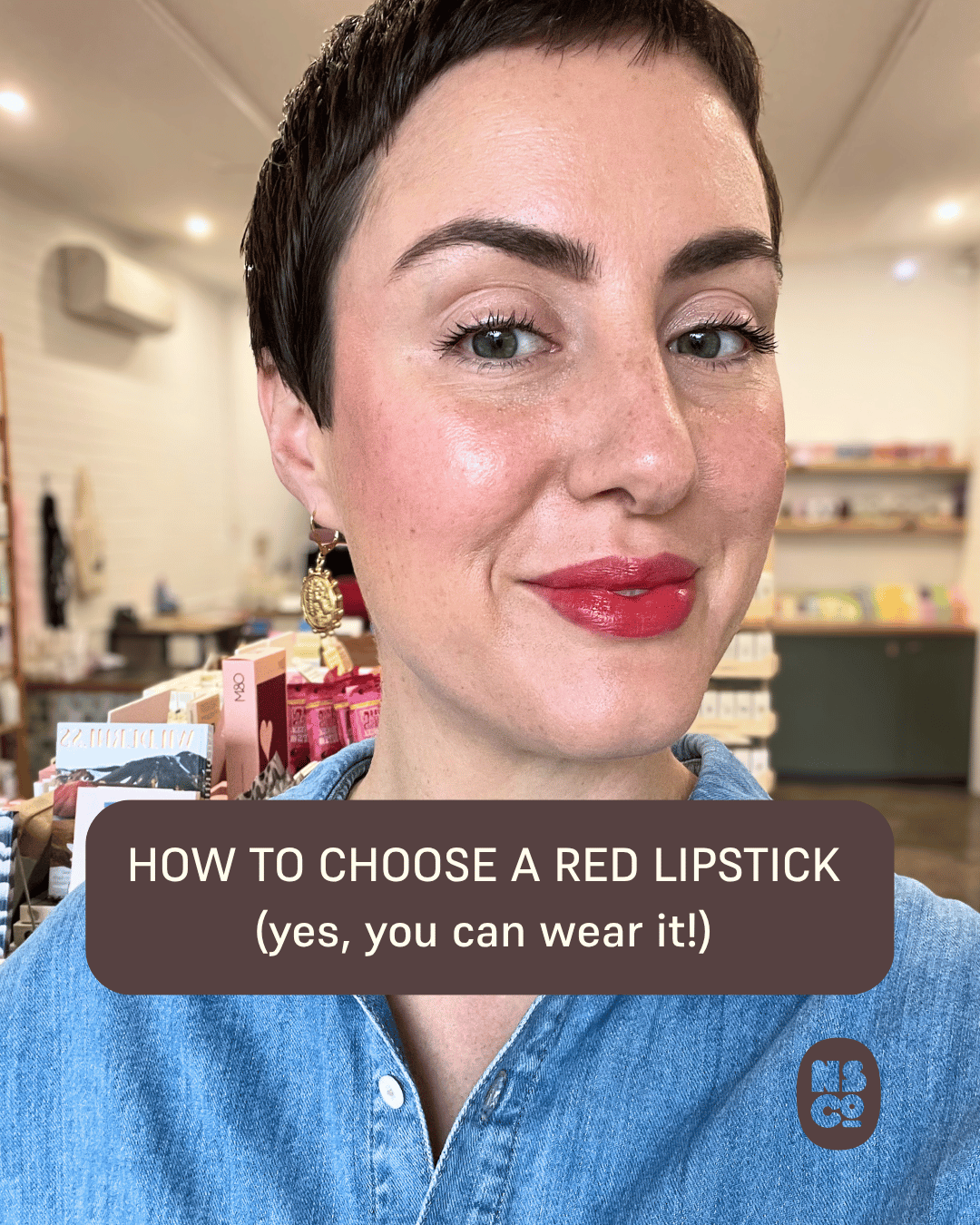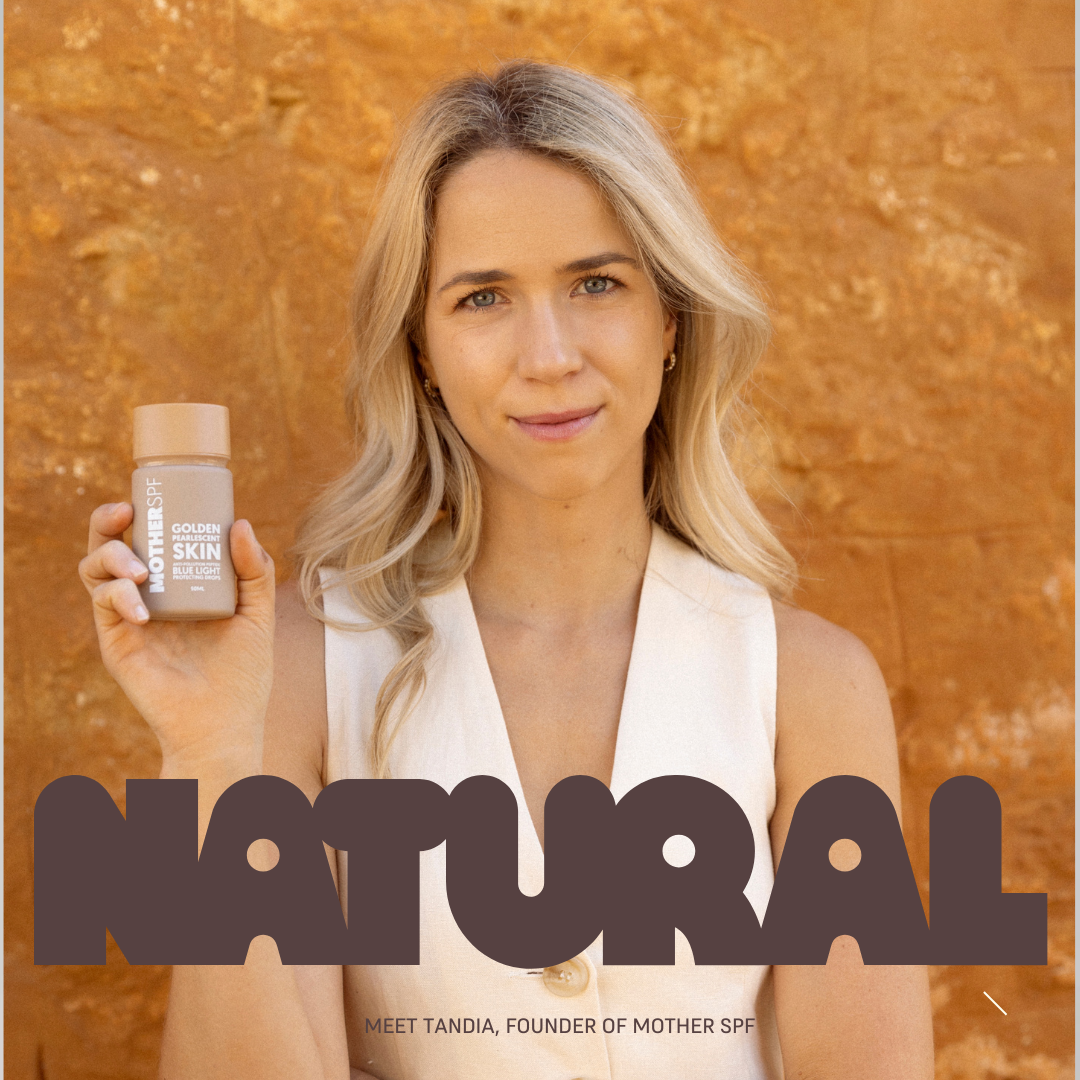FREE SHIPPING
ON AUSSIE ORDERS $150+ | AFTERPAY AVAILABLE
Menu
-
- BRANDS
-
SHOP
-
NEW
-
BAGGU
- FACE
- MAKEUP
- BODY
-
HAIR
-
ZERO WASTE
- NEW Zero Waste Goodies
- Back to School Nude Food Essentials
- Bags + Accessories
- Food Storage + Bags
- Plastic Free Personal Care
- Plastic Free Products
- Reusable Coffee Cups + Water Bottles
- Reusable Produce Bags
- Shampoo + Conditioner Bars
- Straws + Cutlery
- Zero Waste Bathroom
- Zero Waste Home
- Zero Waste Kitchen
- Zero Waste Travel
- HOME
-
GIFTS
-
BABY + KIDS
- NEW Products for Kids
- Back to School Essentials
- Baby Balms, Cream + Lotions
- Baby Powder
- Baby Washes + Bubble Bath
- Baby + Kids Oral Care
- Gifts for Kids
- Hair Care for Kids
- Nappy Bag Essentials
- New Baby Gifts
- Pregnancy
- Sunscreen for Babies + Kids
- Tweens + Teens
- Vegan Baby Products
- Baby & Kids Travel Products
-
MEN
- SALE
-
- ABOUT
- REWARDS
- TESTIMONIALS
- NSC BLOG
- Login
-
Australia (AUD $)

FREE SHIPPING
ON AUSSIE ORDERS $150+ | AFTERPAY AVAILABLE
Add description, images, menus and links to your mega menu
A column with no settings can be used as a spacer
Link to your collections, sales and even external links
Add up to five columns
Add description, images, menus and links to your mega menu
A column with no settings can be used as a spacer
Link to your collections, sales and even external links
Add up to five columns
10 toxic chemicals to avoid in your beauty products
February 25, 2019 5 min read

There are so many reasons to avoid toxic chemicals wherever you can in your life, but most importantly in your skincare, hair care and cosmetics - not to mention baby products!
Certain chemicals that are often found in cleansers, sunscreens, foundations and more have been linked to hormonal disruptions, cancer, flaring up auto-immune disorders and more. When you apply these products to the skin or hair, it is easy for the chemicals to go directly into your bloodstream.
There are a lot of studies on this topic - with differing perspectives - but I think we can all agree that using more natural products on yourself, your family and in your home, is the safest option for you and the environment.
Here is our list of the top ten toxic chemicals to avoid in your beauty products:
1. Mineral oil: a colourless and odourless oil, mineral oil is a by-product of the distillation of petroleum. It’s long been used as a common ingredient in lotions, creams, ointments, and cosmetics; in fact, it is the main ingredient in many mainstream baby oils.
Mineral oil coats skin like plastic wrap, inhibiting normal skin function, including the elimination of toxins through normal perspiration. This slows down cell development and increases premature ageing. As it is a comedogenic ingredient, it also blocks pores which can lead to breakouts.
2. Diathanolamine: also known as DEA, diathanolamine is terrible for a whole host of body systems, according to a study that was published in the scientific journal Federation of American Societies for Experimental Biology in 2006. It reported that diethanolamine, 'an ingredient found in many shampoos and other personal care products, appears to interfere with normal brain development in baby mice when applied to the skin of pregnant mice.'
It goes on to say that, 'diethanolamine is bad for the excretory system. It can cause damage to the liver and kidneys, as reported by the National Toxicology Program, which reported an increased incidence of kidney and liver senomas and carcinomas in mice from dermal exposure to diethanolamine. Diethanolamine is bad for the ocular system. Contact with the eyes can impair vision. Diethanolamine is bad for the male reproductive system. It can cause testicular degeneration and reduced sperm motility.'
3. Hydroquinone: found in skin lightening skincare products, the FDA warns that hydroquinone - a skin-bleaching chemical - can cause a skin disease called Ochronosis, which causes blue-black 'disfiguring and irreversible' lesions on the skin.
4. Triclosan: a widely-used antimicrobial chemical, Triclosan is an Endocrine Disruptor, especially to the thyroid and reproductive hormones. It is also a skin irritant, and has been known to contribute to making bacteria antibiotic resistant. Triclosan is often found in hand sanitisers, antibacterial soaps, toothpastes, and deodorants so always read labels carefully.
5. Sodium Lauryl Sulfate (SLS): typically found in foaming products like shampoo, toothpaste, body washes and cleansers, SLS has been shown to cause or contribute to skin irritation, canker sores, disruptions of skin’s natural oil balance and eye damage. It can also make scalps itchy by drying out skin, and it is widely believed to be a major contributor to acne (especially cystic acne) around the mouth and chin.
6. Parabens (methylparaben, isobutylparaben): Parabens are preservatives, included in many products to stop the growth of bacteria and lengthen shelf life. The problem is, they have estrogen-mimicking properties that are associated with an increased risk of cancers, including breast cancer.
A study was done in the UK where breast cancer tumours were biopsied, and were found to have traces of parabens in them. Please be careful: parabens are not only found in personal care products, but also food and pharmaceutical products.
7. Aminophenol, Diaminobenzene, Phenylenediamine (coal tar): found in some hair dyes and shampoos, coal tar - a by-product of coal processing - is a known carcinogen, according to the National Toxicology Program and the International Agency for Research on Cancer. Europe has banned many of these ingredients in hair dyes, and while the FDA sanctions coal tar in specialty products such as dandruff and psoriasis shampoos, the long-term safety of these products has not been demonstrated. We advise to stay away from these ingredients wherever possible.
8. Dibutyl phthalate, toluene and formaldehyde: commonly found in nail polish and nail products, these chemicals have been linked to birth defects, endocrine disruption, headaches and respiratory problems; which are especially concerning for nail salon workers, and those who frequently get manis or pedis at salons. Kester Black has been revolutionary in developing polishes which are 10-free, avoiding the ten most harmful ingredients found in mainstream nail polishes.
9. Polytetrafluoroethylene (PTFE): also known as Teflon - yep, the non-stick coating on cookware - Polytetrafluoroethylene is now showing up in cosmetic and beauty products, in a scarily wide range of products including mineral makeup, nail polish, moisturisers and more. According to the Cosmetics Database, it is used as a bulking agent, slip modifier, binding agent and skin conditioner, and can create a smoother application for a variety of products, and fill in fine lines and wrinkles on the skin.
Polytetrafluoroethylene has been linked to cancer, developmental problems, thyroid problems, liver damage, immune effects and more. What effects may result from applying it directly to your skin in the form of personal care products is unknown, but raises serious concerns.
10. Nanoparticles: the health concern with nanoparticles is that the particles are tiny enough to penetrate the skin or to get inside the body via inhalation, when they’re not intended to do so. Once inside our bodies, they could cause problems.
A recent study by researchers from MIT and the Harvard School of Public Health, for example, found that certain nanoparticles can harm our DNA. The researchers looked at five types of nanoparticles—silver, zinc oxide, iron oxide, cerium oxide, and silicon dioxide, all of which are present in personal care products, helping to improve texture, kill microbes, and enhance shelf life.
Most of the time, these materials are too big to penetrate the skin or to be inhaled, but when they exist as nanoparticles, they have different physical, biological and chemical properties, which mean they can penetrate our body’s cells more easily.
Zinc oxide, for instance; which is considered the safest sunscreen and has been recommended for use in children because of its stellar safety record; was found in this study to produce free radicals when present in nanoparticle form, which can damage DNA and lead to disease. The other concern is that nanoparticles may accumulate in tissues over time, leading to more serious potential health issues.
This is by no means a comprehensive list of chemicals to avoid in personal care products, but it's a great start. We are all about encouraging you to check ingredient labels, and making decisions on what you feel comfortable using.
Leave a comment
Comments will be approved before showing up.
Also in BLOG

How to Choose a Red Lipstick (Yes, You Can Wear It!)
July 15, 2025 2 min read
Not sure if you can pull off red lipstick? You can. Learn how to find your perfect red shade based on your skin tone, with tips from our makeup artist Court.

